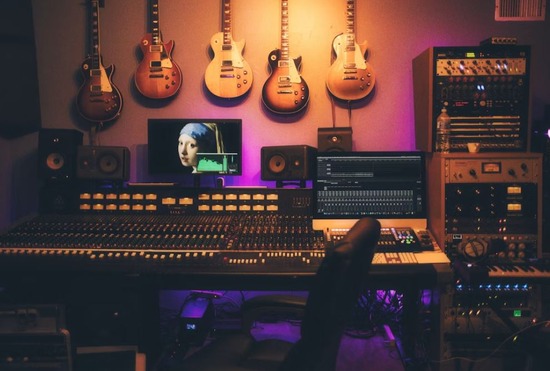
Have you ever dreamt of having your own recording studio? Building one as an addition to your house is a great way to make this dream a reality. Whether you are a musician, podcaster, or voice actor, having a space dedicated to recording can make all the difference in the quality of your finished product. However, building a recording studio is a big investment and requires careful planning. This post will guide you through the basics of how to build a recording studio as an addition to your house.
Planning the Space
The first step in building a recording studio is planning the space. You will need to decide on the room’s size and layout, taking into account the acoustics of the space. Optimal acoustics can be achieved through the use of soundproofing materials such as insulation, acoustic panels, and door seals. The room should also be free of any outside noise sources such as air conditioning or heating units, and the lighting should be adjustable. Consider hiring a professional acoustic consultant to help you determine the best use of the space.
Equipment and Gear
The equipment you choose to put into your studio will depend on what type of recording you plan to do. At a minimum, you will need a computer, a Digital Audio Workstation (DAW), microphones, and cables. You may also need instruments, amplifiers, headphones, and monitors. Consider the quality of the equipment you use, as this can make a significant impact on the final product. Research various brands and options before making your final selections.
Interior Design
After the soundproofing and equipment selection, interior design plays a big role. Make sure that the interior of the room is well-designed to meet the needs of the equipment you plan to use. The walls should be painted in a color that encourages focus and creativity, such as shades of blue or green. Lighting should be adjustable, allowing you to fine-tune your recordings to achieve the best possible quality. When choosing furniture (including chairs, tables, and storage units), consider comfort and functionality.
Roofing
One aspect that is often overlooked when building a recording studio is new construction roofing. The type of roofing on your studio has a major impact on its acoustics. One popular option is green roofs, which use vegetation to insulate the building from sound waves. You probably want to steer clear of metal roofing, since it tends to be noisy during rainstorms. A more traditional option is a flat roof, which allows sound waves to flow upwards and away from the studio. Consider discussing your needs with a professional roofer for more information.
Building Codes and Regulations
Finally, it is essential to research the building codes and regulations in your area before constructing your studio. These codes will regulate the permits, materials, and construction methods used. Failure to adhere to these regulations could result in fines, delays, or even the forced demolition of your studio in worst-case scenarios.
Building a recording studio as an addition to your house can be a significant investment, but it can also be a great way to make your recording dream a reality. By following the steps outlined in this post, you will be able to plan and create a space that is ideal for recording, producing high-quality content. Remember to plan for acoustics, equipment, interior design, roofing, and building codes, and consult with professionals as needed to ensure that your studio meets all of your needs. With dedication and hard work, your recording studio will become your second home, and the place where you create some of your best work.
